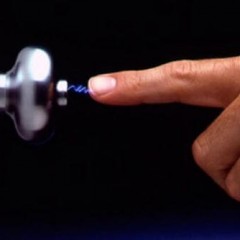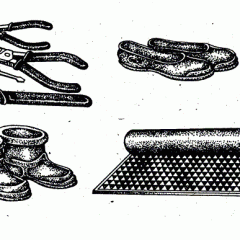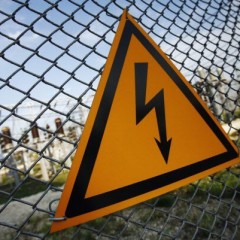What are insulating mites and what are they for?
What are they for?
These devices, which you can see in the photo below, are used when working with equipment with a voltage of not more than 35 kV. The main purpose of the tool is the replacement of fuses, as well as the installation / removal of guard panels and insulating pads.
Appearance:
What are they made of?
The design of insulating ticks is quite simple and includes:
- The working part (sponge). It can be made of metal or electrical insulating material. If the sponges are made of metal, be sure to protect them with an oil and petrol resistant rubber tube. This will prevent damage to the china fuse holder when replacing.
- The insulating part. It can be made of polypropylene if the mites are rated for voltages up to 1000 Volts or glass-epoxyphenol (or paper-bakelite) tubes if the tool is designed for voltages above 1000 Volts (but up to 35 kV).
- Handle. It is made similar to the requirements for the insulating part.
Also, the design of ticks must necessarily include restrictive stops. Of the requirements for design features, I would like to highlight one more, no less important - the size of the working part should be smaller than the handles. This is to prevent accidental shorting of live parts.
As for the dimensions of the tool, they are not standardized. The main thing is that they are convenient to use, and their weight does not cause inconvenience.
Terms of use
You can clearly see how to use insulating ticks in the video below (watch from the 8th minute):
I would also like to note 3 nuances:
- When working with voltages above 1000 Volts, it is imperative to use dielectric gloves, as well as protective devices for the eyes and the face itself. You can only touch the handle.
- In electrical installations up to 1 kV, it is allowed to work without gloves, but at the same time, to replace fuses, you need to hold the tool on an outstretched arm.
- It is forbidden to use ticks in open space in wet weather. Fog, wet snow and rain are also weather conditions in which work is prohibited.
Test Frequency
According to SO 153-34.03.603-2003, it is necessary to conduct electrical tests of insulating ticks. The frequency of verification is 1 time in 24 months, i.e. 2 years. Voltage must be applied between the temporary electrode, which is installed near the stops near the insulating part and the jaws.
Tests are carried out for five minutes using the following voltage:
- pincers up to 1000 V - 2 kV;
- from 1000 to 10000 V - 40 kV;
- up to 35000 - 105 kV.
It should also be noted that the surface of the electrical protective part should not have cracks, chips or scratches. Otherwise, work with devices is not allowed.
That was all I wanted to tell regarding this issue. Now you know what design, purpose and frequency of testing insulating ticks!
We also recommend that you read:








Instructions for the use and testing of protective equipment used in electrical installations expressly prohibit the use of paper-bakelite tubes.